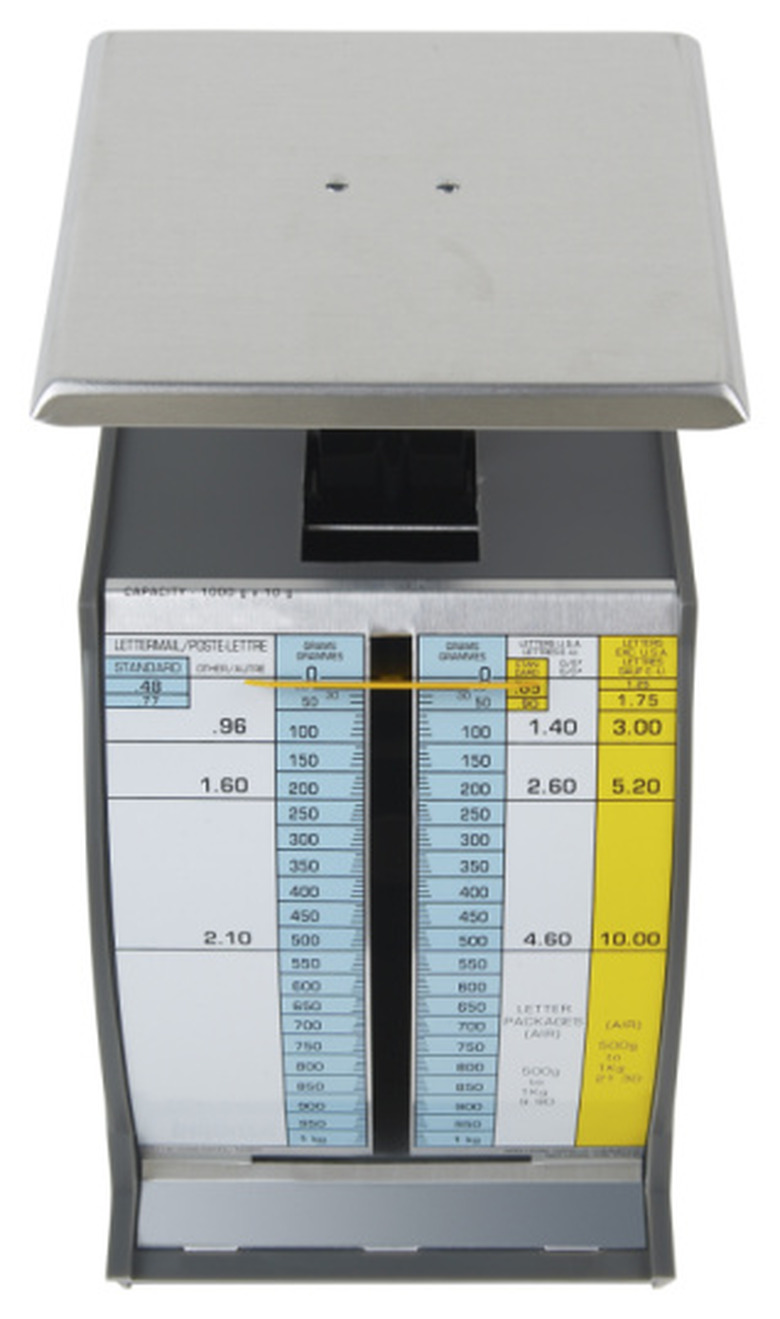Lesson Ideas On How To Teach About Grams & Kilograms
Grams and kilograms are units of measurement of weight used instead of pounds and ounces. Children may have trouble understanding the concepts of grams and kilograms, but you can use some simple ideas about teaching grams and kilograms such as estimation games, conversions, hunting for items of a certain weight and mathematics problems involving grams to get the idea across. Basically put, a kilogram is equal to 2.2 pounds and there are 1000 grams in a kilogram.
Conversions
Conversions
Use simple conversions to help the children understand the relationship between grams and kilograms. Have the children try an easy conversion such as 1000 grams into kilograms to get them into the idea. Move on to more complex conversions, such as 1.25 kilograms converted into grams. Get them to express all of the problems in kilograms and grams as well as the opposite form of measurement. Give them a worksheet full of conversion problems so they learn the relationship between kilograms and grams.
Mathematics Problems
Mathematics Problems
Add kilogram and gram measurements into mathematics problems. This can help to further cement the values of the measurements and the relationships between them into the children's minds. For example, ask the children that if a dog weighs 7.2 kilograms, how many more grams would need to be added to make the dog weigh 10 kilograms. This combines the basic elements of the conversion problems with addition and subtraction sums. Compile a worksheet full of problems that require adding or subtracting an amount in grams from one in kilograms or vice-versa.
Estimation
Estimation
Compile a worksheet full of different objects and three options for the weight of the object. Ensure that the children understand the weights before handing them the worksheet. Explain that a small paper clip weighs about one gram, and a one-liter bottle of water weighs around one kilogram. Have them estimate the weight of several everyday objects such as a ball, a newspaper and a shoe. Make the incorrect options somewhat obviously incorrect so that they don't need to know the precise weight of the object. They should merely understand which weight is most likely through an understanding of the measurements.
Hunting
Hunting
This is a variation on the estimation game, whereby the children are told to look for objects that weigh a gram or a kilogram. Having a set of scales and some objects to use as a guide for one gram and one kilogram helps makes the game more enjoyable. Get the children to search around the room for objects that appear to be one gram or one kilogram. This helps cement the ideas of the measurements by linking them to real objects.
Cite This Article
MLA
Johnson, Lee. "Lesson Ideas On How To Teach About Grams & Kilograms" sciencing.com, https://www.sciencing.com/lesson-ideas-teach-grams-kilograms-8695949/. 24 April 2017.
APA
Johnson, Lee. (2017, April 24). Lesson Ideas On How To Teach About Grams & Kilograms. sciencing.com. Retrieved from https://www.sciencing.com/lesson-ideas-teach-grams-kilograms-8695949/
Chicago
Johnson, Lee. Lesson Ideas On How To Teach About Grams & Kilograms last modified March 24, 2022. https://www.sciencing.com/lesson-ideas-teach-grams-kilograms-8695949/
